Hidden across the globe are mountain ranges that remain largely unexplored, holding secrets and wonders that few have witnessed. These uncharted landscapes offer pristine wilderness, unique ecosystems, and intriguing historical remnants that draw adventurers and scientists alike. From mysterious ice-covered peaks in Antarctica to lush valleys in Africa, these remote ranges are home to rare wildlife, ancient artifacts, and geological marvels. Let’s explore some of these lesser-known mountains and the hidden wonders they offer to those willing to seek them out.
The Brooks Range
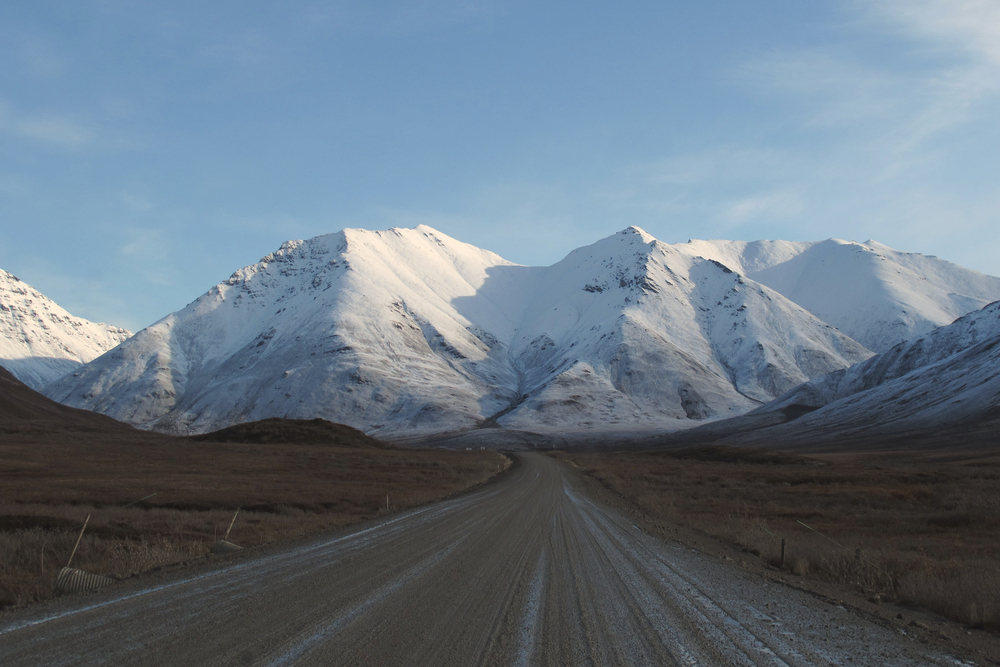
Stretching over 700 miles across northern Alaska, the Brooks Range offers a pristine wilderness characterized by rugged peaks, expansive valleys, and abundant wildlife. This remote mountain range serves as a haven for adventurers seeking solitude and natural beauty, with its towering peaks and pristine rivers providing a paradise for hikers and photographers. It is home to diverse fauna, including caribou, grizzly bears, and wolves, thriving in its untouched habitats. The isolation of the Brooks Range has preserved its ecosystems, making it a unique destination for those looking to experience unspoiled nature. The region’s remoteness also means that visitors can enjoy the tranquility of the wilderness without the crowds found in more accessible locations. Its hidden peaks and valleys continue to captivate those who venture into its vast expanse. Its untouched landscapes offer a glimpse into the natural world as it existed before human intervention. New evidence also suggests the presence of ancient fossil records that provide a glimpse into prehistoric life once present in the region.
The Kamchatka Mountains
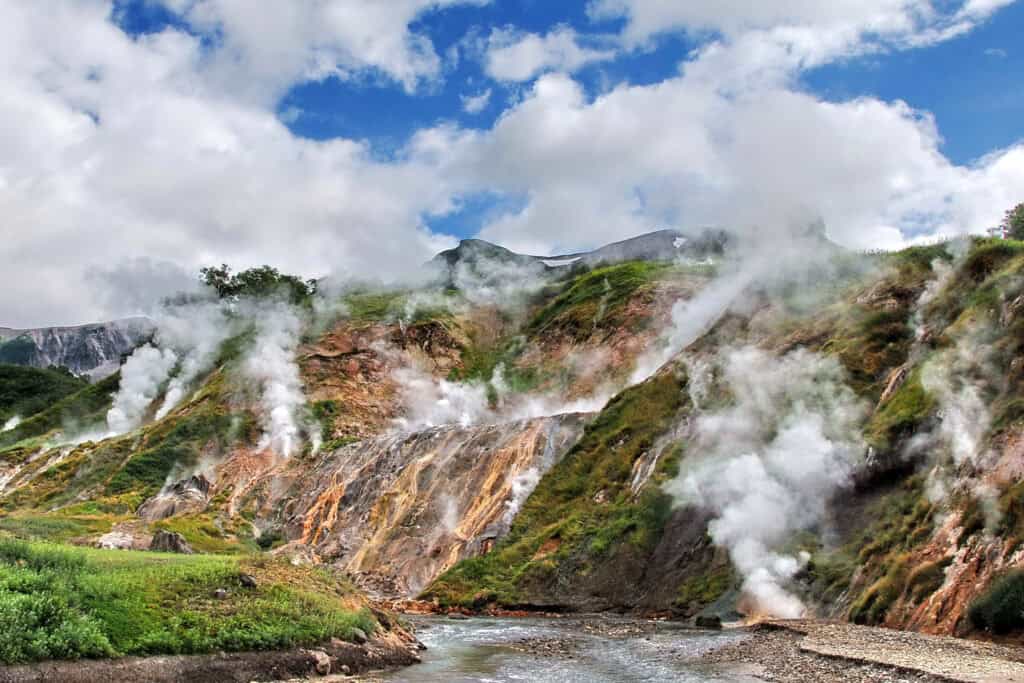
Located on the Kamchatka Peninsula in Russia, the Kamchatka Mountains are famous for their rugged volcanic landscapes and geothermal activity. The range is part of the Pacific Ring of Fire, housing over 160 volcanoes, 29 of which are active, creating a dynamic and constantly evolving landscape. This volcanic activity has resulted in unique geothermal features such as hot springs, geysers, and fumaroles that attract researchers and tourists alike. They are also home to diverse wildlife, including brown bears, sea otters, and rare bird species. The remote location and harsh climate have kept much of this wilderness untouched, providing a habitat for unique flora and fauna. Many parts of Kamchatka remain inaccessible, adding to the sense of mystery surrounding its landscapes. This region’s geothermal features are so powerful that they influence local weather patterns, further emphasizing its unique environment.
The Kunlun Mountains
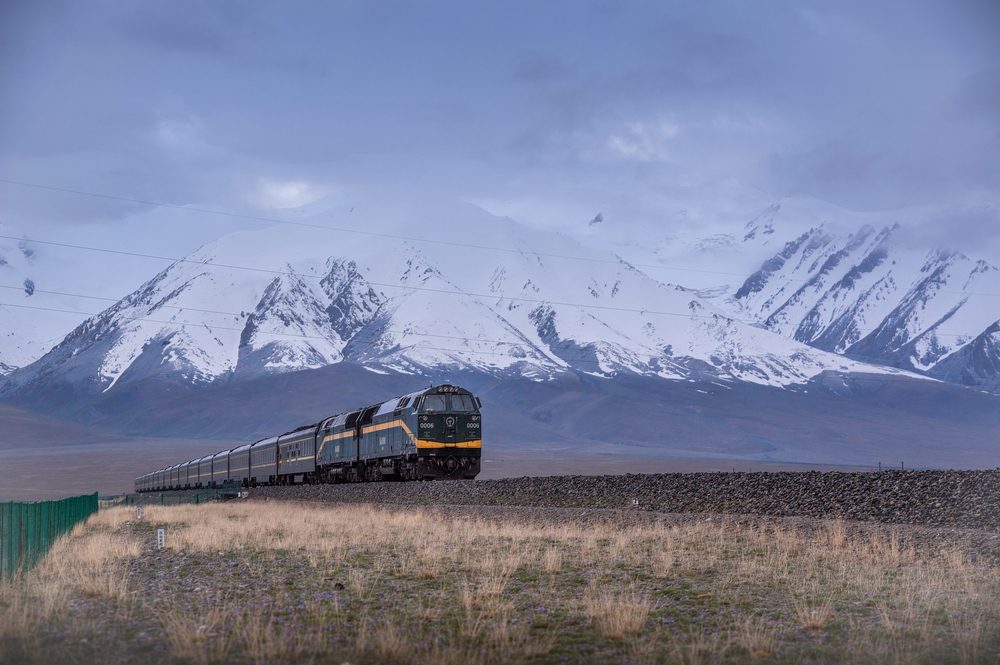
Spanning over 3,000 kilometers across Western China, the Kunlun Mountains are among Asia’s longest mountain ranges, steeped in myth and legend. Known as the birthplace of Chinese mythology, this range is often referred to as the “Mountains of Immortality” and is believed to be the dwelling place of ancient gods. They are home to numerous glaciers, hot springs, and untouched valleys, providing a habitat for rare species such as the snow leopard and the Tibetan antelope. Remote and largely uninhabited, the rugged terrain of the Kunlun has kept many of its secrets hidden, attracting adventurers and scientists alike. This region holds significant archeological interest, as it may contain ancient artifacts from lost civilizations. Despite the difficult climate and lack of infrastructure, they continue to lure those interested in experiencing one of Earth’s least explored terrains. Studies of these mountains have revealed fossilized remains of prehistoric plants, shedding light on the region’s ancient climate.
The Ural Mountains
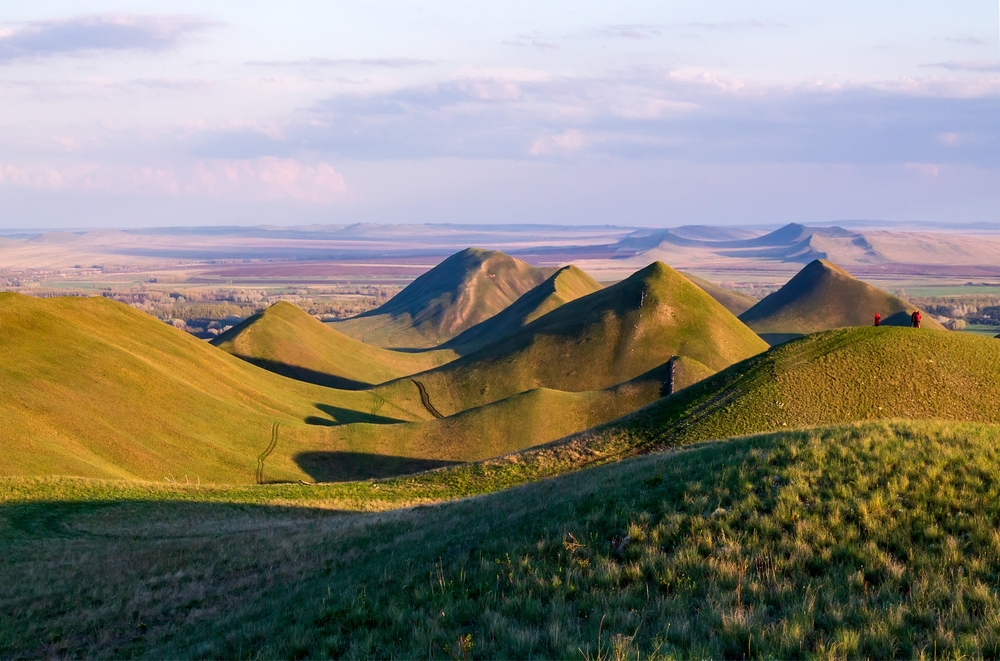
Separating Europe and Asia, the Ural Mountains stretch over 2,500 kilometers from the Arctic Ocean to Kazakhstan. Known for their mineral richness, these mountains contain valuable deposits of gold, platinum, and precious gemstones. They have a unique landscape, with dense forests, crystal-clear rivers, and large limestone formations. Many unexplored caves are hidden within the range, home to rare cave fauna and geological formations. The region has long been revered by the indigenous people, with legends of hidden treasures and mythical creatures said to reside within the mountains. Scientists have also discovered unique rock formations in it that may offer insights into Earth’s geological history. Its varied topography supports diverse ecosystems, housing rare plants and animals found nowhere else on Earth.
The Simien Mountains
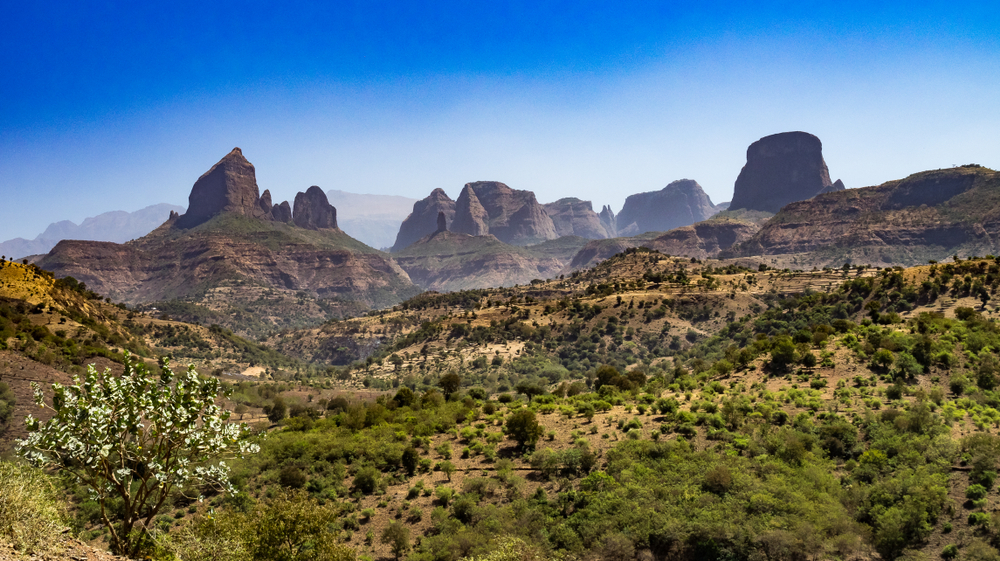
Situated in northern Ethiopia, the Simien Mountains are a UNESCO World Heritage site known for their dramatic landscapes, jagged peaks, and deep valleys. Referred to as the “Roof of Africa,” they are home to Ras Dashen, one of the highest peaks on the continent. The range is a haven for rare species, such as the gelada monkey, the Ethiopian wolf, and the Walia ibex, a wild goat species found only in these mountains. The rugged terrain and isolation of the mountains have preserved its ecosystems, providing unique habitats for its wildlife. They are also of cultural significance, with ancient churches and monasteries hidden within their valleys. The landscape is dotted with deep gorges and towering cliffs, offering breathtaking views that attract intrepid hikers. In recent years, archeologists have discovered ancient stone structures, possibly evidence of early human settlements in the region.
The Rwenzori Mountains
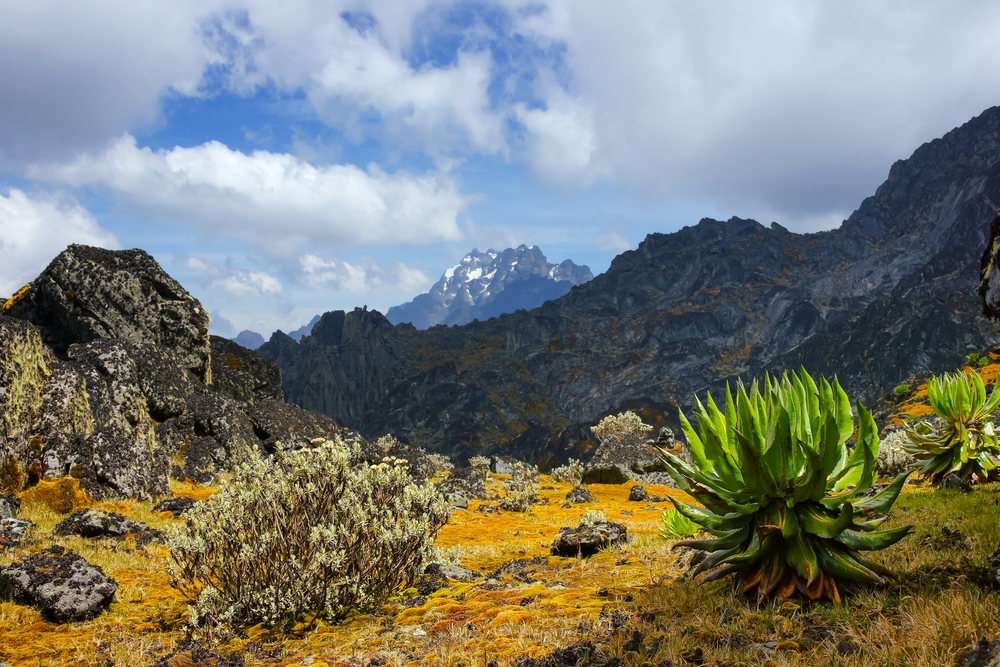
Straddling the border of Uganda and the Democratic Republic of the Congo, the Rwenzori Mountains are often called the “Mountains of the Moon.” Known for their snow-capped peaks, glaciers, and stunning biodiversity, these mountains host unique ecosystems that vary dramatically with altitude. They are home to rare species such as the Rwenzori turaco, giant lobelias, and various primate species. The region’s extreme isolation has preserved its biodiversity, with flora and fauna not found anywhere else in the world. Their glaciers are retreating due to climate change, which has drawn scientists interested in studying the impacts of global warming. Beyond natural beauty, they hold cultural significance for local tribes who consider them sacred. Archeological evidence suggests the area may have been inhabited by ancient civilizations, with rock art and artifacts still being discovered.
The Altai Mountains

The Altai Mountains, located where Russia, China, Mongolia, and Kazakhstan meet, are renowned for their unspoiled wilderness and cultural significance. Known as the “Golden Mountains,” the range is part of a UNESCO World Heritage site, famed for its diverse landscapes that include glaciers, rivers, and steppes. They are home to rare species like the snow leopard and the Siberian ibex, thriving in the remote and rugged terrain. This area has long been revered by local indigenous groups, who believe the mountains hold spiritual significance. It is also an archeological treasure trove, with ancient burial sites and petroglyphs scattered throughout the region. This remote area is often covered in deep snow, making exploration challenging but rewarding for those who venture there. Geologists are intrigued by its unique rock formations, believed to hold clues about the Earth’s tectonic history.
The Drakensberg Mountains
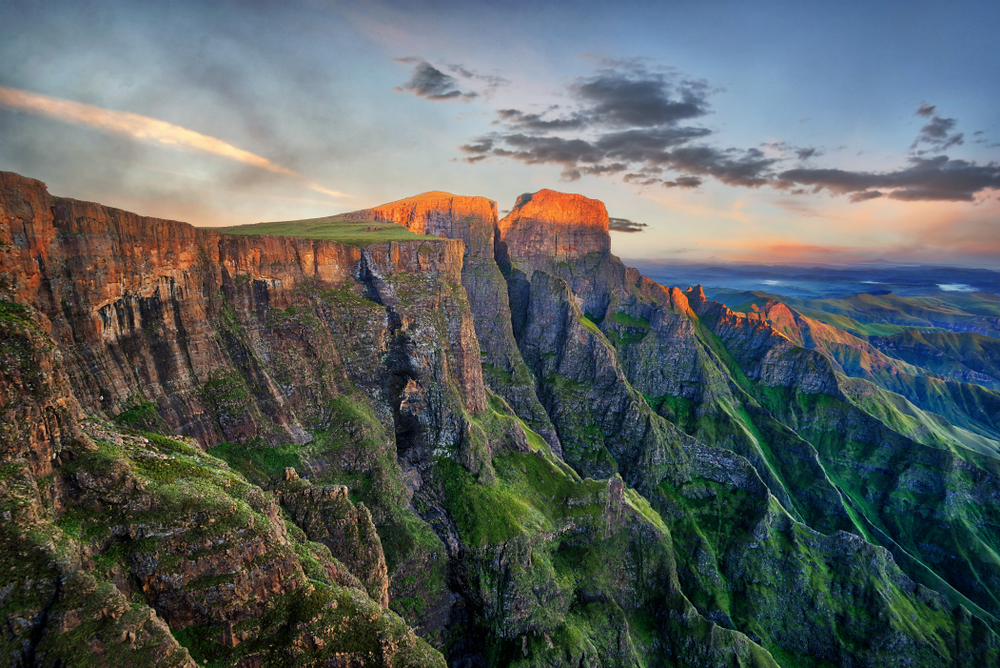
Located in South Africa, the Drakensberg Mountains are known for their dramatic escarpments, lush valleys, and unique biodiversity. The range is home to one of the world’s most extensive collections of rock art, created by the San people over thousands of years. Its varied climate creates a series of micro-ecosystems, supporting a range of plant and animal life, including endangered species like the bearded vulture. The high peaks and deep gorges offer breathtaking scenery, attracting adventurers and nature enthusiasts alike. Many remote caves and cliffsides are scattered across the range, housing hidden waterfalls and pristine pools. The area is also rich in Zulu history, with significant cultural sites still revered by local communities. Recent studies have highlighted the unique flora of the Drakensberg, some of which possess medicinal properties yet to be fully understood.
The Sayan Mountains
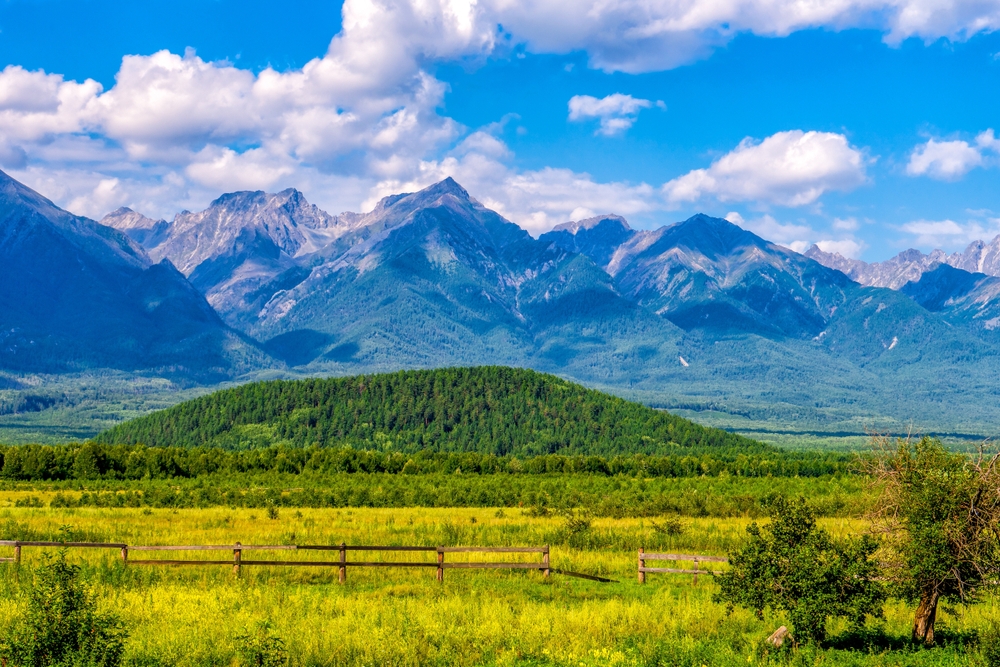
The Sayan Mountains, straddling the border between Russia and Mongolia, are known for their untouched wilderness and rich cultural heritage. Covered in dense forests and alpine meadows, this range remains one of the least explored areas in Siberia. They are home to diverse wildlife, including brown bears, Siberian ibex, and the elusive snow leopard. The harsh climate and rugged landscape make the region difficult to access, preserving its natural beauty and biodiversity. The area has cultural importance for indigenous groups who practice traditional lifestyles, passing down myths of sacred spirits residing in the mountains. Scientists are fascinated by its unique geology, with rock formations that date back over 500 million years. Explorations in the region have uncovered ancient petroglyphs and artifacts from early nomadic tribes, adding historical intrigue to the mountains’ natural wonders.
The Zagros Mountains
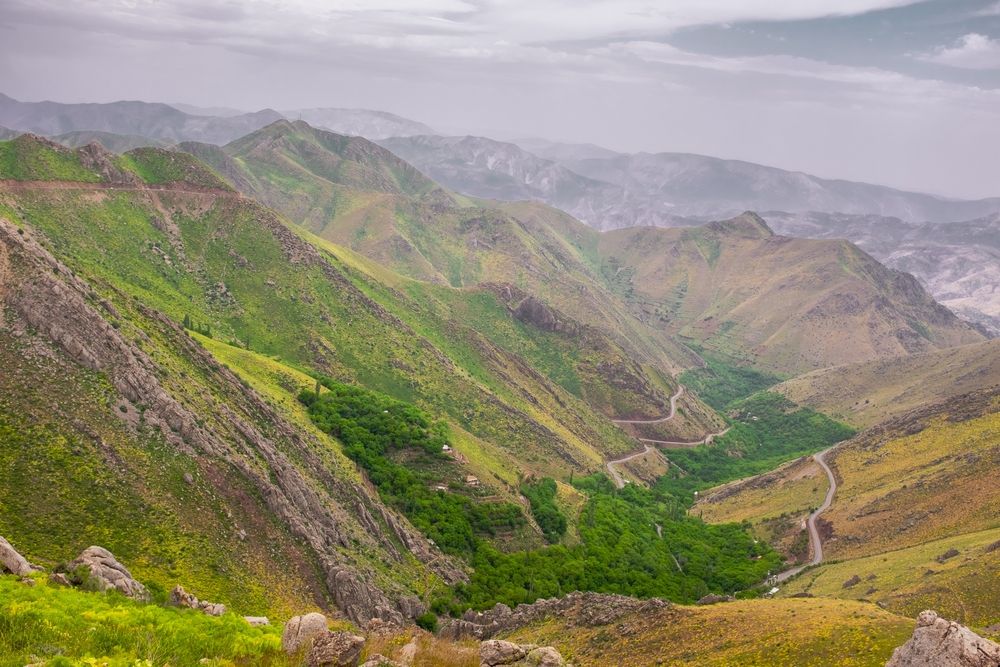
Extending from Iran to Iraq, the Zagros Mountains are a major geographic and cultural landmark in the Middle East. Known for their dramatic limestone cliffs, deep canyons, and fertile valleys, they have supported human civilization for thousands of years. This range is rich in biodiversity, with endemic species such as the Persian fallow deer and wild goat, thriving in its rugged terrain. The region has numerous archaeological sites, with evidence of some of the world’s earliest agricultural societies. Their unique rock formations have drawn geologists, as the range provides insight into the collision between the Arabian and Eurasian tectonic plates. Its deep gorges and hidden caves contain ancient relics, including Neolithic pottery and tools. Many areas remain unexplored, offering opportunities for further discovery of its historical and natural wonders.
The Hengduan Mountains
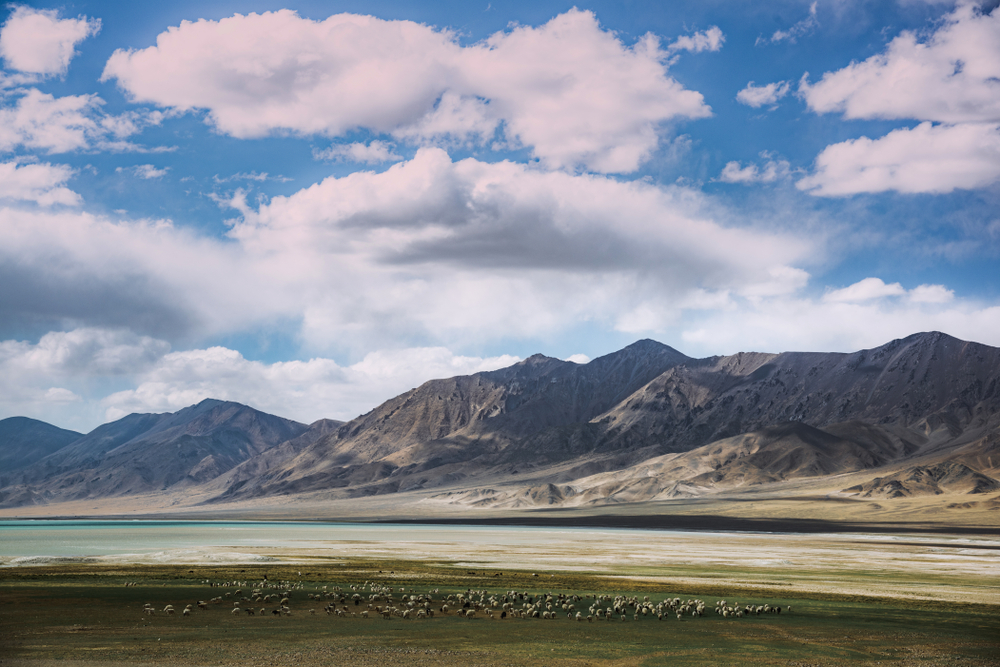
Situated in southwestern China, the Hengduan Mountains form a rugged, remote region that is part of the eastern Himalayas. Known for its diverse ecosystems, the range includes high-altitude meadows, dense forests, and deep river gorges. They are home to an array of unique plant and animal species, including the rare giant panda and golden snub-nosed monkey. The challenging terrain and isolation have kept the region largely unexplored, preserving its ecosystems and biodiversity. This region also has a rich cultural heritage, with Tibetan, Yi, and Naxi communities residing in its valleys and practicing traditional lifestyles. The unique geology and diverse flora make Hengduan a focal point for scientific research, particularly in the fields of botany and ecology. Archeological findings in the area reveal ancient trading routes, which once connected different cultures across Asia.
This article originally appeared on Rarest.org.
More from Rarest.org
11 Highly Desired Antique Kitchenware Items Collectors Treasure

Collecting antique kitchenware offers a glimpse into history while adding charm to any kitchen or display. From durable cast iron skillets to delicate china patterns, these items have both functional and decorative value. Read More.
15 Endangered Species Residing in Hidden Corners of the Earth
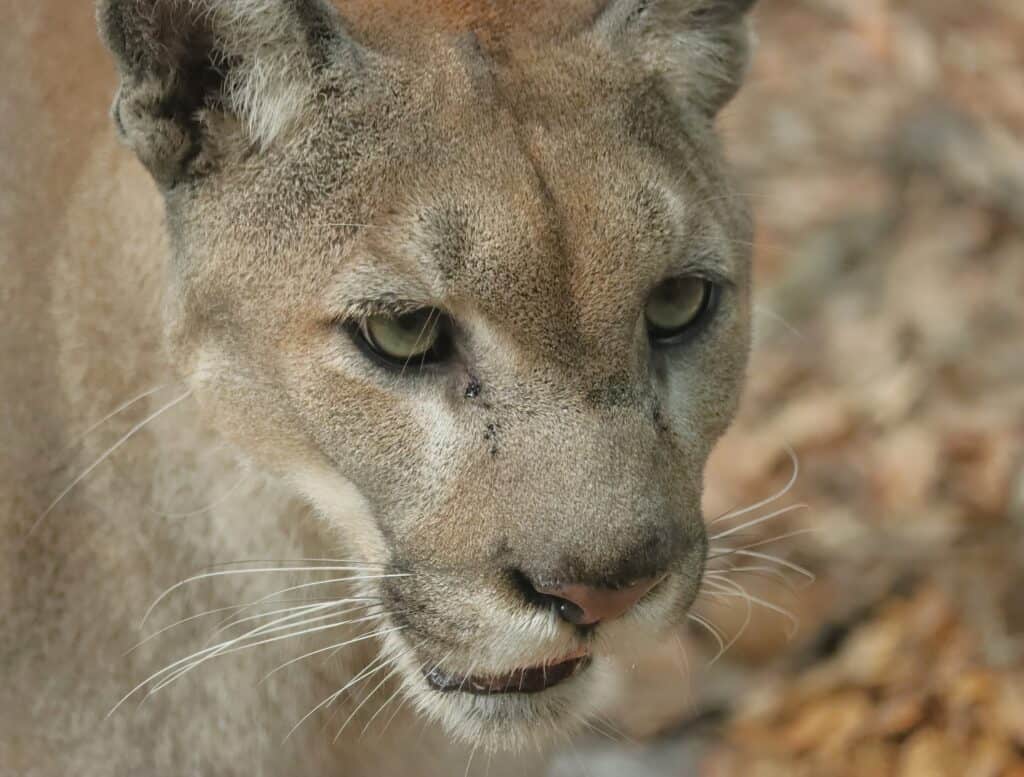
In the far reaches of our planet, there are species so rare and elusive that they seem almost mythical. These creatures, often residing in the most remote and hidden corners of the Earth, are also some of the most endangered. Read More.
10 Oldest Churches in the World

Throughout history, churches have served as spiritual centers and architectural marvels, reflecting the religious, cultural, and historical significance of their time. Some of the oldest ones in the world date back as far as the 1st century AD and offer a glimpse into the origins of Christian worship. Read More.
